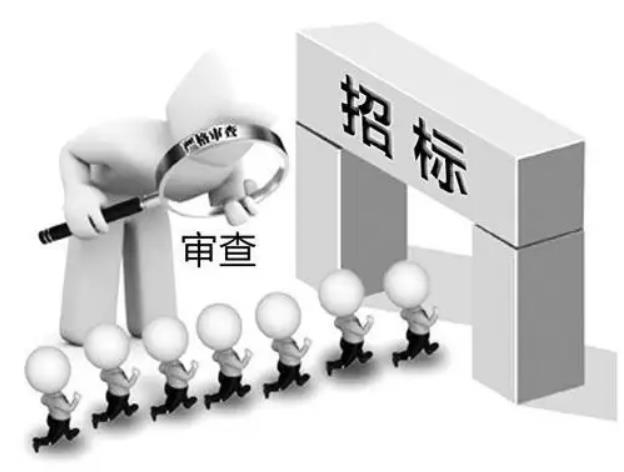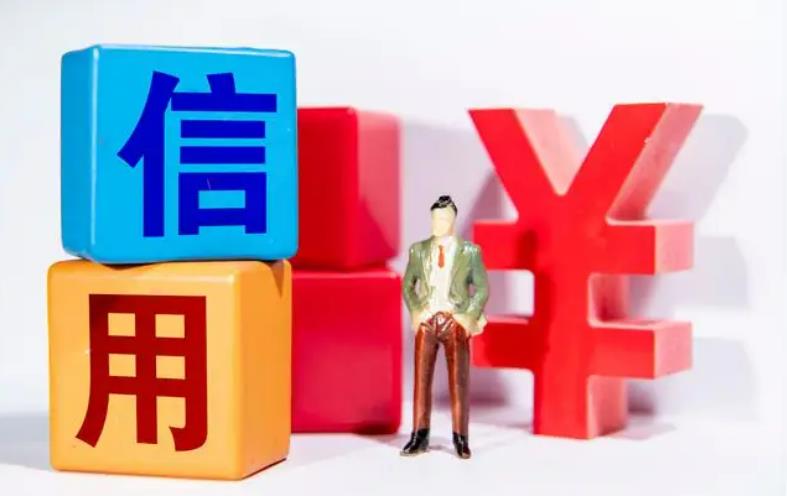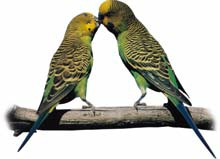1.Tian'anmen Rostrum(天安门城楼)
(1)History(历史沿革)
Tian'anmen was originally completed in 1420.It was designed as a double-eave,gabe roof structure with five openings to the gate and with a five-room wide rostrum.The plaque carried the tablet of Gate of Power Endowed from Heaven or Gate of Heavenly Succession.
In the early Ming Dynasty,the gate was burned down in 1457 and rebuilt in 1465 under the supervision of Baigui,Minister of the Board of Works.It was again destroyed during the war in 1644.It received its present name in 1651 when it was rebuilt for the second time in the Qing Dynasty.
After the founding of the People's Republic of China,the government carried out many large scale renovations to Tian'anmen.Methods for the prevention of decay and fire were applied to the wooden structures;elevator,lighting,heating,communication,and camera equipment were installed;and viewing platforms were added to both sides of the Rostrum.On the first day of 1988,the Rostrum was officially opened to the public in order to mark the Dragon Year for tourism.
(2)Architectural Structure(建筑规制)
The Tian'anmen Rostrum covers an area of 4800 square meters and consists of two sections:terrace and tower.The whole building now stands at 34.7 meters;before its renovation in 1970,it was originally 33.7 meters in height.
Lower part of the terrace is of white marble Sumeru.The outside of the wall upper part,the main body of the Rostrum,is covered with huge brick made in Linqing,Shandong Province,with the outermost painted with red color.There are five peach-shaped passages,the middle one(passage of the Imperial Way)is the widest and tallest one among the five.The sizes of the others are decreasing from the central one.
The nine-room-wide and five-room-long gate tower was made to reflect the highly-exalted status of the emperor.The double-eave,gable roof was covered with yellow glazed tiles.Inside there were 60 red columns and the floor was paved with golden bricks made in Suzhou and Jiangning areas.
The number of nine,which is the metaphor for heaven,can be found everywhere in the Tian'anmen gate tower.For instance,the tower is nine rooms wide;nine animal figures stand on each eave corner;windows and doors are multiples of nine;and each door has eighty-one(nine times nine)knobs.
(3)Functions(用途)
During the Ming and Qing dynasties,the Gate of Heavenly Peace was the main gate of the Imperial City.Grand ceremonies would be held on the rostrum during important occasions,such as the emperors'enthronement,or when the emperors conferred honorable titles upon their empresses or crown princes.The rostrum was also the place where the emperors sent their generals to battle.
The ceremonies of issuing imperial edicts started at the Hall of Supreme Harmony.The imperial edicts were carried from there to the Rostrum and sent down.In the Ming Dynasty,the edict was tied to a dragon-headed pole with a yellow silk rope,while in the Qing it was put in a gilded box shaped like a phoenix,to officials kneeling below,giving rise to the expression“Jinfeng Banzhao”(literally“the Imperial Orders Given by the Gilded Phoenix”,金凤颁诏).The edict was then taken to the Ministry of Rites,where copies were made for dispatch throughout the country.
In the Ming and Qing dynasties,the emperor,his ministers,and soldiers would leave through this gate to go to worship at the Temple of Heaven,the Temple of the Earth,and the Temple of God of Agriculture or to go to the war.
(4)Today's Tian'anmen Rostrum(今日天安门城楼)
Chairman Mao's portrait is hanging on the center of Tian'anmen Rostrum.The portrait is 6 meters high by 4.6 meters wide,and weighs 1.5 tons together with the frame.Every year it would be repainted before National Day.In the first portrait by Mr.Zhou Lingzhao,Chairman Mao wore an octagonal cap on his head.Nowaday's portrait of chairman Mao is done by artists from Beijing Art Company.
The national emblem of the People's Republic of China hangs above the portrait of Chairman Mao.The idea of creating the emblem came from Zhou Lingzhao and Zhang Ding.The final design was perfected by Liang Sicheng.It shows Tian'anmen at the center,illuminated by five stars from the national flag,surrounded by a cogwheel,ears of grain and red silk ribbon.
The two slogans flanking Chairman Mao Zedong's portrait on the Rostrum state:“Long live the great unity of the people all over the world!”on the east,and“Long live the People's Republic of China!”on the west.
免责声明:以上内容源自网络,版权归原作者所有,如有侵犯您的原创版权请告知,我们将尽快删除相关内容。














